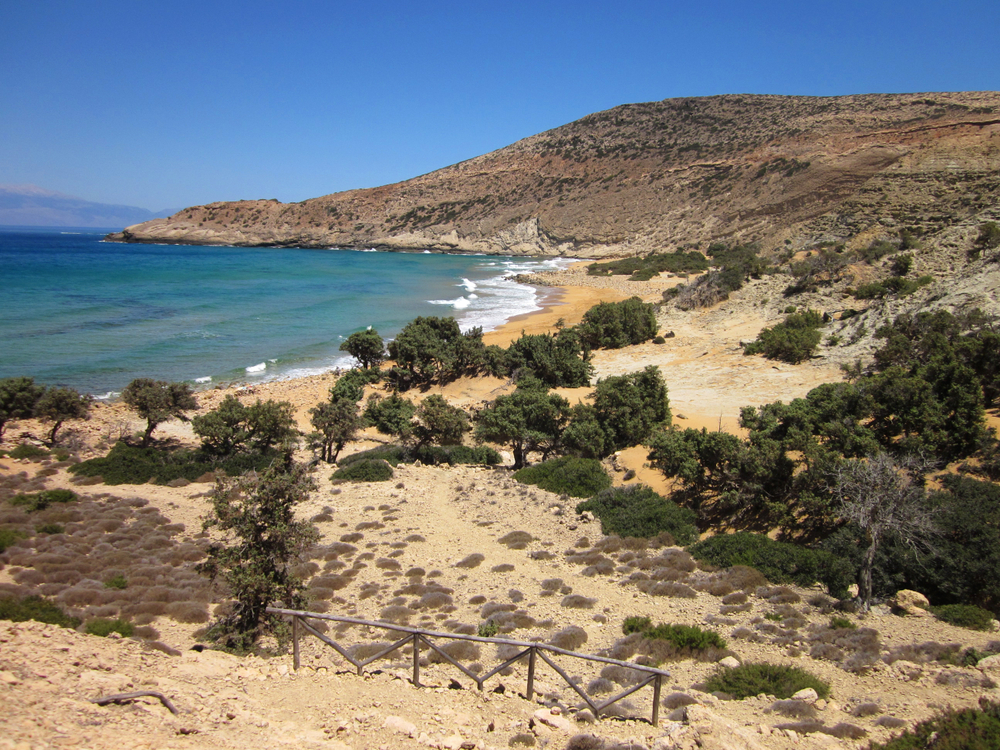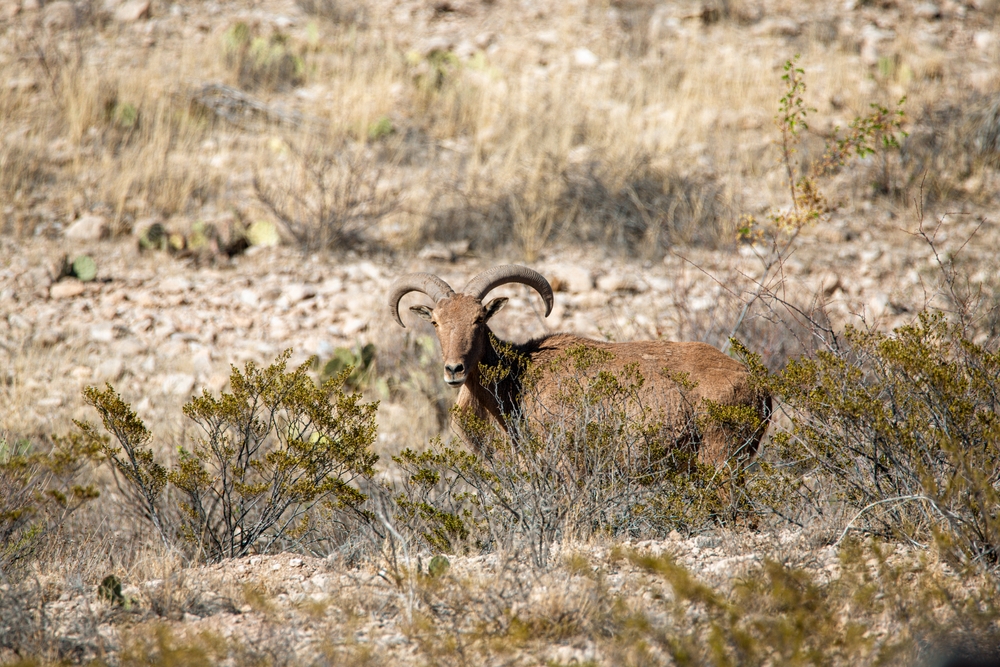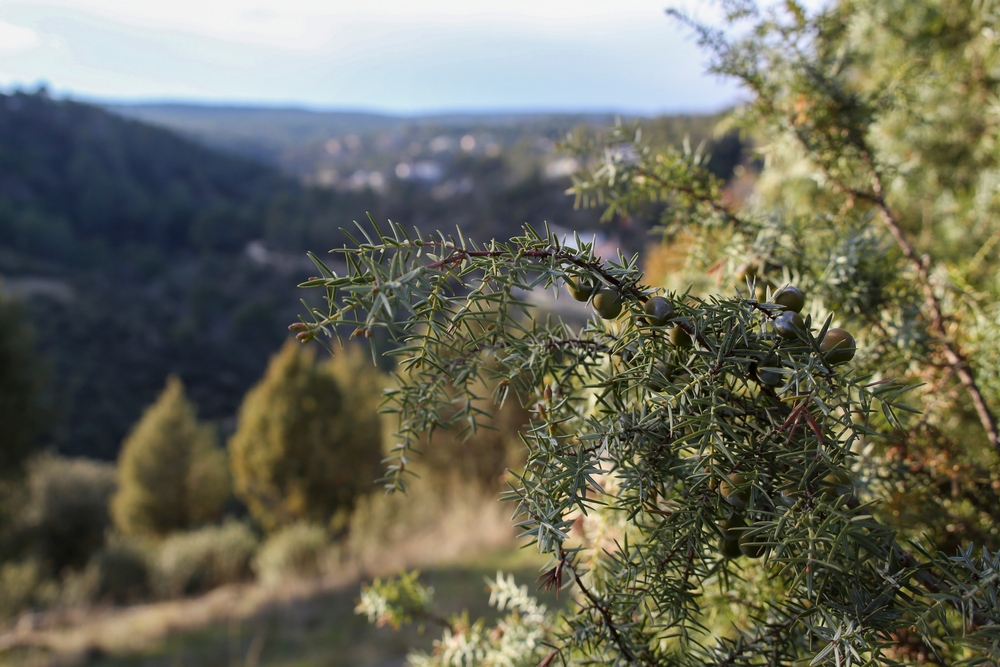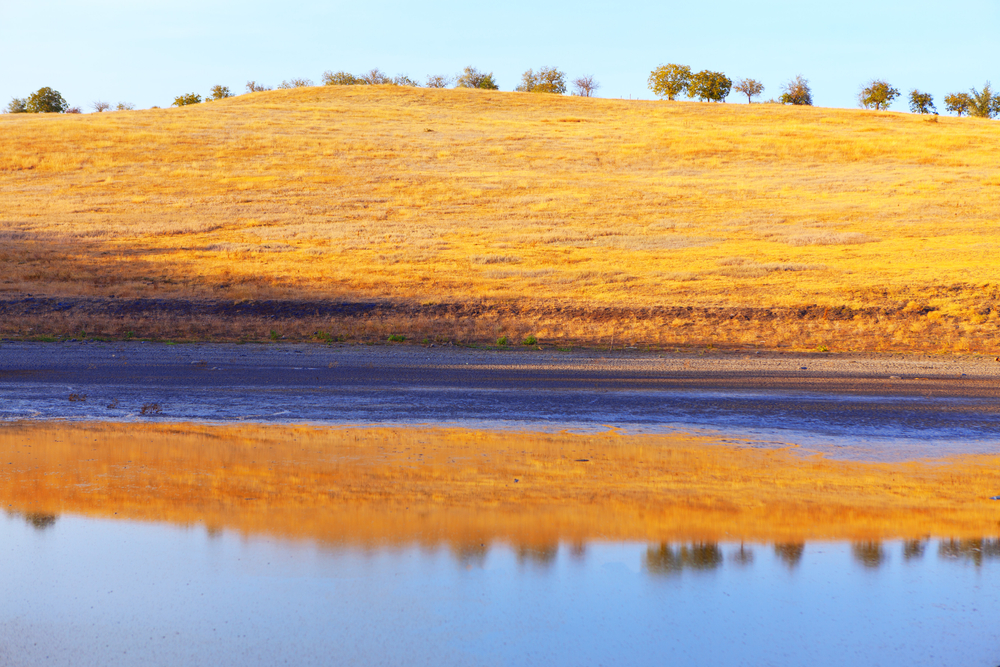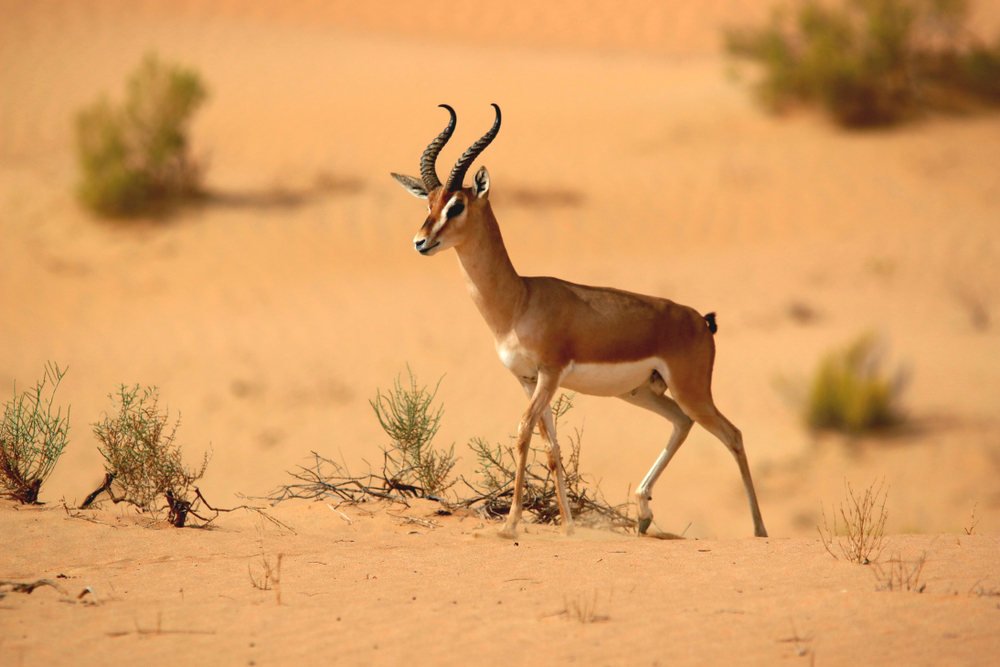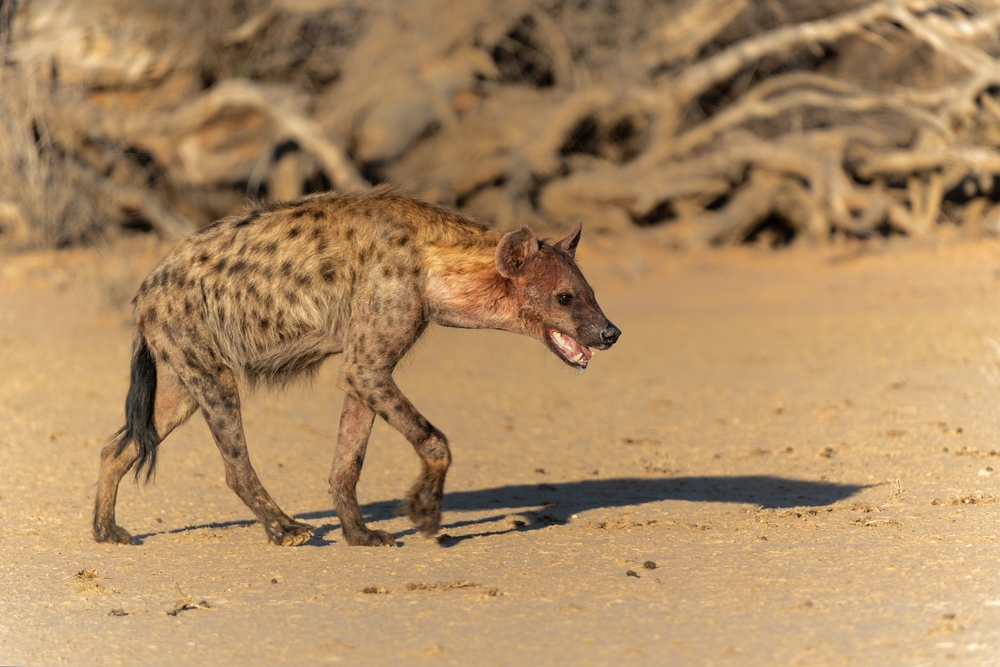Surman Overview
Surman National Park, locally known as “غابة صرمان والمنتزه الوطني” (Ghabat Surman wal-Muntazah al-Watani), is a protected area situated in the Zawiya District of Libya, approximately 50 kilometers west of Tripoli. Established in 1992, the park encompasses an area of 4 square kilometers (400 hectares) and is located near the archaeological ruins of Sabratha.
The park’s terrain is characterized by a combination of coastal landscapes, including sandy beaches and dunes, as well as inland areas with diverse vegetation. The coastal zones are dominated by typical Mediterranean flora, such as juniper and mastic trees, while the inland areas feature a mix of shrubs and grasses adapted to the semi-arid climate. Seasonal variations bring about changes in the vegetation, with certain plants blooming during specific times of the year, adding to the park’s ecological diversity.
Surman National Park serves as a habitat for various wildlife species. Birdwatchers can observe a range of avian species, particularly during migration periods when the park becomes a temporary refuge for migratory birds. The coastal and inland ecosystems support reptiles and small mammals adapted to the Mediterranean environment. The proximity to the sea also means that marine life can be observed along the shoreline, contributing to the park’s biodiversity.
Visitors to Surman National Park can engage in several recreational activities. The sandy beaches offer opportunities for relaxation and swimming, while the inland areas are suitable for hiking and nature walks. The park’s location near the ancient city of Sabratha provides an added cultural experience, allowing visitors to explore historical ruins alongside natural landscapes. Picnicking and birdwatching are popular activities, especially during the cooler months when the weather is more temperate.
Despite its attractions, Surman National Park faces challenges such as habitat degradation due to human activities, including unregulated tourism and potential pollution from nearby urban areas. Conservation efforts are essential to preserve the park’s natural environment. Local authorities, in collaboration with environmental organizations, are working to implement sustainable tourism practices, habitat restoration projects, and public awareness campaigns to protect the park’s ecosystems.
In summary, Surman National Park is a valuable natural asset in Libya, offering a blend of coastal and inland environments rich in biodiversity. Its proximity to historical sites like Sabratha enhances its appeal, providing visitors with both natural and cultural experiences. Ongoing conservation efforts are crucial to ensure that the park remains a sanctuary for wildlife and a place of recreation for future generations.








































































